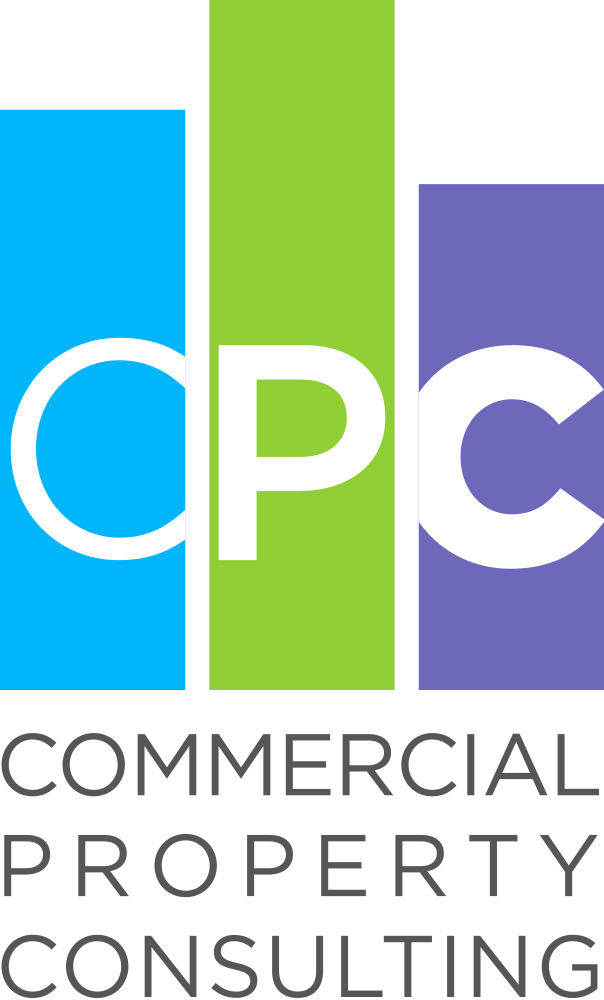Methodology
CPC processes and procedures are designed to create simplicity, efficiency and accuracy, all to achieve your property objectives.
A successful business facilitates high productivity.
By partnering with industry experts, Renascent and FutureSpace, we offer a unique and comprehensive plan for tenants wishing to leverage their business reach through state-of-the-art design, fitout and facility solutions that cater to the contemporary workplace, including hybrid work solutions.
CPC & Partners will act as the liaison between our client, the tenant and the Lessor community, by prioritising our client’s needs through our long-term industry relationships, knowledge, experience and an in- depth understanding and appreciation of the commercial real estate processes and procedures within this marketplace.
Strategic Partners
We invite you to work out how much space you need.
By answering some simple questions we can assist you in getting the right size space.
The What and Why of a Hybrid Office
The office, the traditional place of work 5 days a week? Work from home (WFH) is no longer a hangover from COVID, or a trend, it is the preference the workers refer to as the new workplace landscape.
The rationale is flexibility and affordability, in terms of time and money. This Hybrid office working concept, is working some days in the office and others at home, 5 days a week.
WFH, or remote working, is now here to stay. Business Owners, Landlords and Government are starting to realise a return to a five (5) day office job is unlikely in the traditional office working environment.
Today, In the Western World It seems to be accepted by employers and their workers, that going to the office up to three (3) days per week, or even one (1) day a week, is potentially sufficient.
When considering the pandemic, it is acknowledged, that the innovation of technology enabled workers to connect, significant advancement was made in very strange and anti-social times. We can thank Zoom, Microsoft Teams, plus other like technology, including powerful laptop computers and reliable internet connectivity for the ability to commercially function remotely.
Today, there are limited alternative office design concepts at play, nothing seems compelling or even sustainable, without significant changes to the current design and financial office models.
The alternative, being the WFH/ Hybrid office concept, business is now beginning to look at the quality of the home versus the quality of the office.
Today, the home of the 1970’s averages 130sqm, in the 2020’s the average size is around 260sqm.
In the 1970’s, 25-30sqm per person in the office was common, in the 2020’s, it is 10-15sqm per person.
The Australian office space per person is very low because Australian businesses don’t make enormous profits. The office at home is considerably more spacious and comfortable than the traditional office environment, particularly if you are fortunate enough to have your own office at home.
Think about the worker? Most offices these days are workstations with lockers, all are generally shared. Another reason the workers add to their frustrations, is the commute, in terms of the time and costs, which employees regard as their key reasons for limiting time in the 5 day a week office of old?
So if that’s the rationale behind the concept of working remotely and why it is here to stay, then the quantum of office space demand will reduce and placed back into the market.
Contextually new office markets will not see new commercial office development until the next generation of office developments are ready to be launched. Meanwhile, it may also mean that companies may look to share office space.
It may be financially prudent to share office space, another reason to join the emerging subscription economy and to move away from illiquid assets, like property ownership to a user-pay model.




